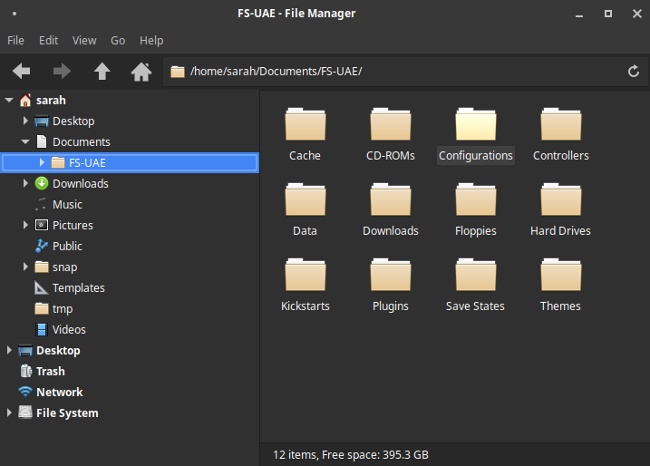

From what I can tell, the difference seems to be very minor, so it shouldn’t matter. I was using version 4.0.1, although I now see that version 4.3.0 is available.

This tutorial uses the WinUAE amiga emulator, which can be found on. Step 1 - Download stuffįirst of all, you will need to download a bunch of software. This tutorial also assumes that you are running Windows, although it should be possible to use pretty much the same procedure with FS-UAE on Linux or Mac. But you will need a Compact Flash card with a capacity of at least 4GB, some kind of CF-IDE adapter (not neccessarily that one) and of course a Compact Flash reader for your computer. I won’t go into the hardware side of this, because there’s really nothing to it. The original video can be found here, along with instructions and download links.
Amiga workbench 3.1 installation disks update#
I thought it might be useful because a) I prefer written instructions, and b) it would give me a chance to update and correct the instructions so that they actually work. This time, however, for the benefits of my readers I thought I’d write down the process in a blog post. This one actually had a hard drive, but who knows how long that will keep on working, so I though I’d replace it with a Compact Flash card as well. Now, recently I was generously given an Amiga 1200. I found a video by Nostalgia Nerd on Youtube, where he goes through the process of installing Classic Workbench and WHDLoad on a Compact Flash card, unfortunately this video is (currently) four years old, and also very… quick? With the help of the comments and some trial and error, I managed to get it working, though. But eventually I though I should try to use WHDLoad, so that I could run more games directly from the hard drive.

Amiga workbench 3.1 installation disks install#
That worked fine, and I could install Workbench on the CF card, and use it. It did not have a hard drive, but all Amiga 600 have an IDE port, and you can use a Compact Flash card with a CF-IDE adapter as a hard drive.


 0 kommentar(er)
0 kommentar(er)
